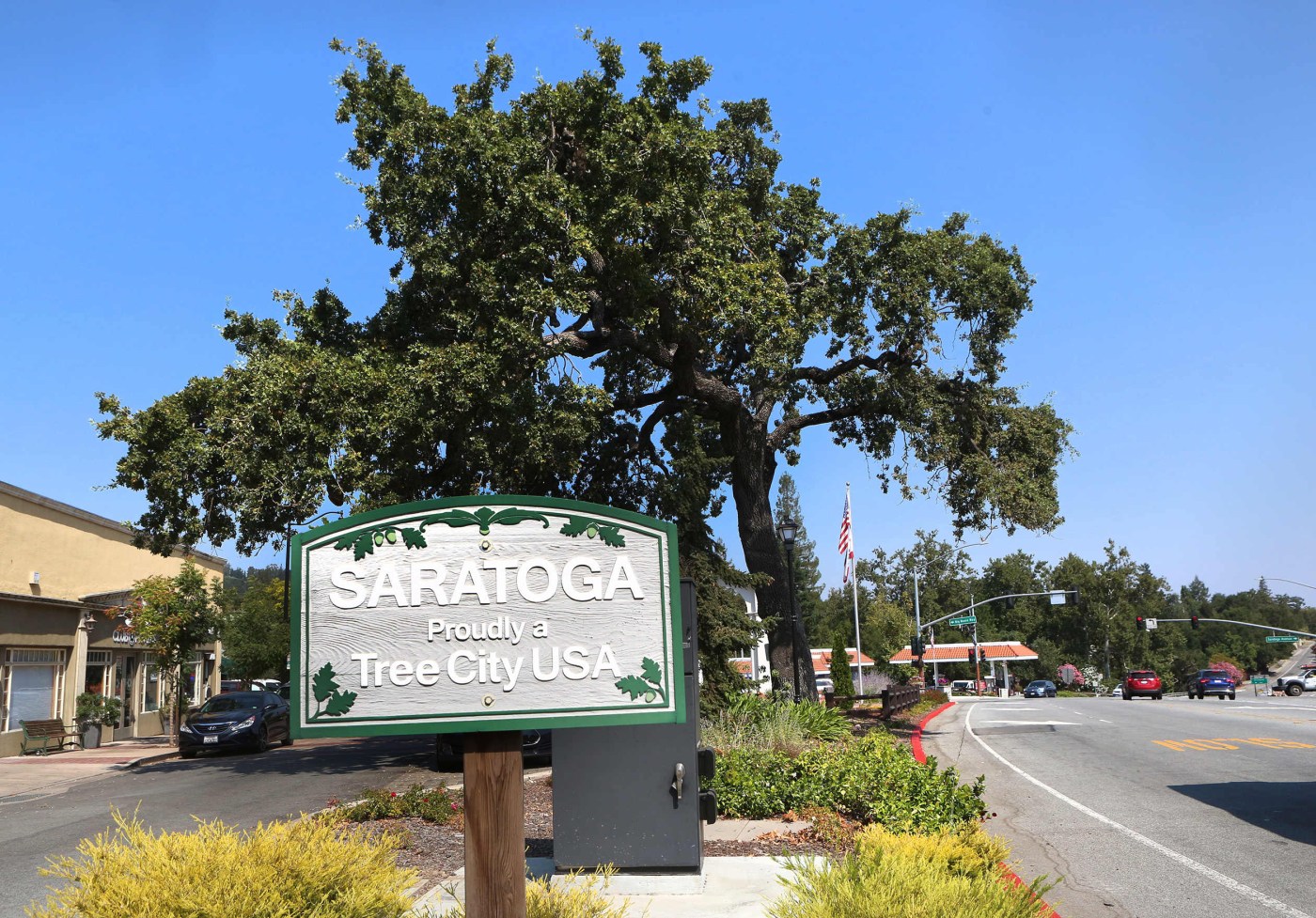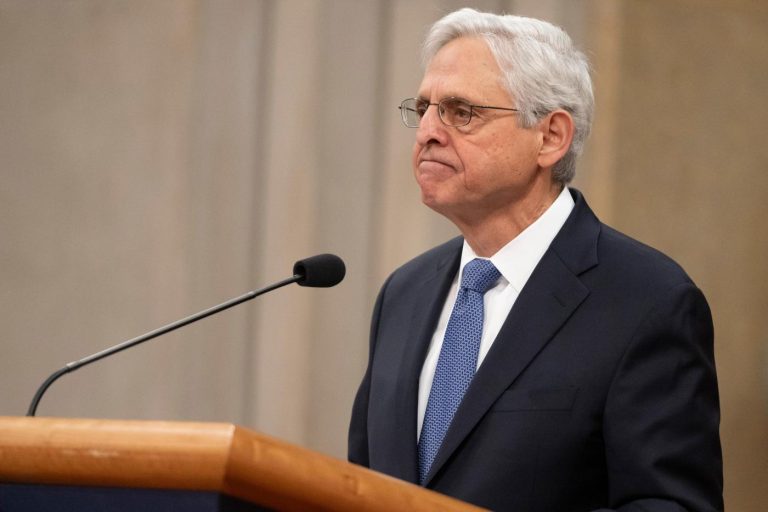The city of Saratoga has reduced its carbon emissions by 29% since 1990, according to a report on Saratoga’s Climate Action Plan presented to the city council on Nov. 20.
The city first approved a Climate Action Plan in December 2020, setting a goal to reduce the community’s emissions to 40% below 1990 levels by 2030. While 11% shy of its goal, emissions are down compared to a 27% reduction in 2022.
The city’s emission reduction numbers have plateaued in recent years, and natural gas consumption – which varies depending on weather conditions – has actually increased 0.9% per year since 2018, said Manini Cabute, the city’s environmental programs manager.
“Fortunately, the new Bay Area Air Quality Management District rules requiring electric-powered water heaters go into effect in 2027 and will help Saratoga reduce its community gas consumption,” she said at the meeting.
“It was interesting to see the data that we seem to be plateauing in the last couple of years,” Vice Mayor Belal Aftab said. “I think we saw a lot of benefit on emissions reductions as a result of Silicon Valley Clean Energy and the work that they’re doing in terms of emissions going down from buildings and houses. I’m very curious to see how that develops.”
Related Articles
Saratoga City Council revives economic vitality committee after proposed dissolution
Saratoga City Council split on advancing certain economic vitality plans
Opinion: Historic Saratoga Village is a destination like no other
Saratoga’s vice mayor lauds restaurateur for helping city’s economic vitality efforts
Saratoga mayor recognizes community members at State of the City address
Silicon Valley Clean Energy (SVCE) is a Sunnyvale-based nonprofit that aggregates clean energy for South Bay communities. Saratoga council member Tina Walia is president of the SVCE board of directors.
Officials hope to continue to reduce community emissions through initiatives like a new program in which the city will subsidize the cost of residential tree planting. Cabute said the city has received applications for 206 trees as of mid-November.
Meanwhile, emissions from electricity, transportation, waste disposal and water use continue to decline, Cabute said.
“The city continues to implement programs and projects that improve the environment as part of its commitment and leadership toward sustainable practices,” she said.
Cabute said new emissions regulations at the local and state level that were passed after December 2020 will soon go into effect, and will help the city remain on track to reduce community emissions.
“With continued effort, the city hopes to meet its emissions targets in 2030 and beyond,” she added.












